In this article we’ll take a closer look at memory scaling performance with Intel Alder Lake CPUs, or more specifically the Core i9-12900K, though these results should apply across the entire 12th-gen Core range, particularly when CPU limited.
In a previous benchmark feature, we already took a look at DDR4-3600 vs. DDR5-6000 memory across 41 games and found that the newer and more expensive DDR5 memory was a mere 4% faster on average, though it was up to 20% faster in a few select titles. Both the DDR4 and DDR5 memory used in that testing was very expensive, so today we want to compare a range of memory kits covering a wider range of price points, all of which have been supplied by Corsair.
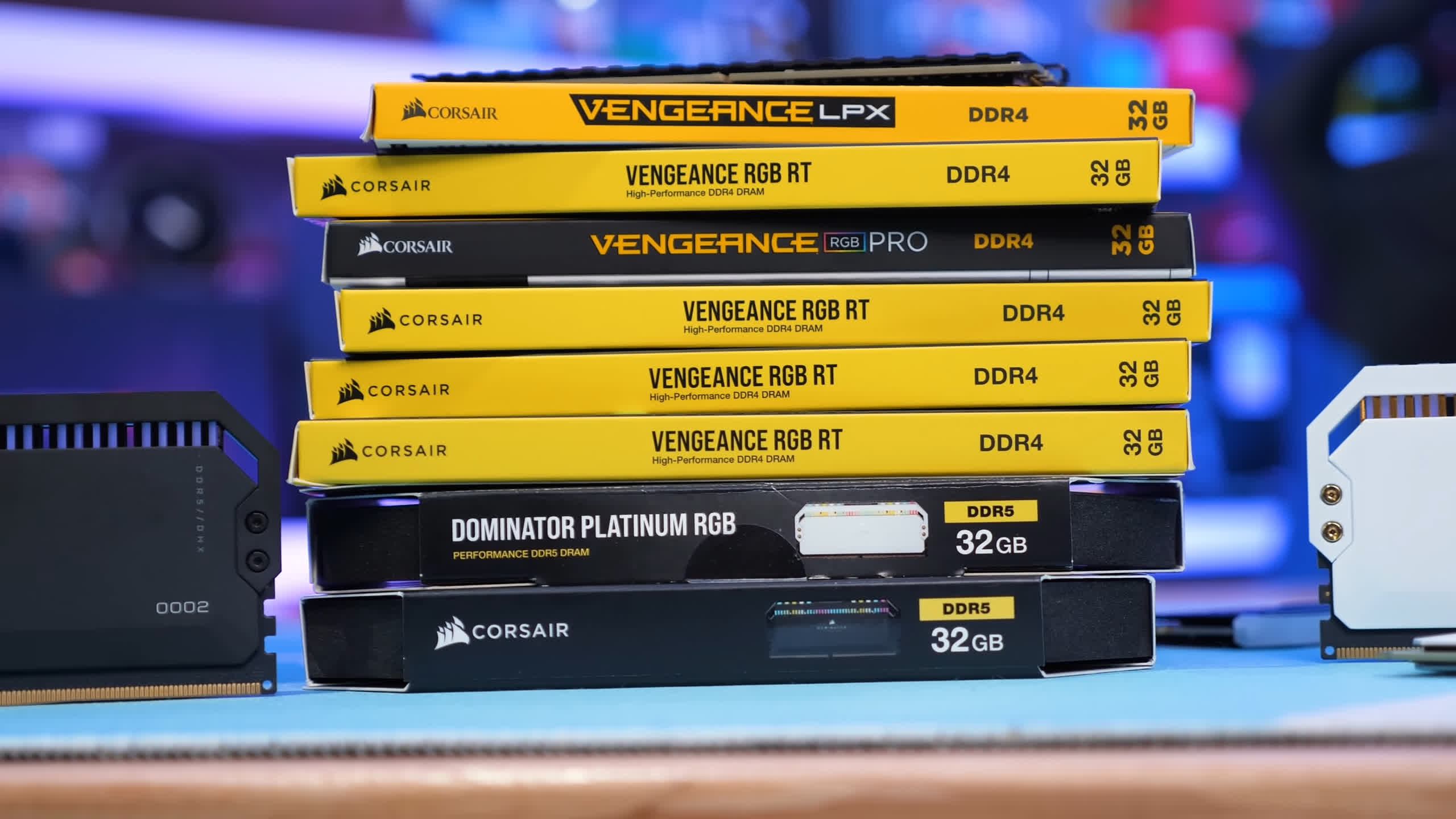
The idea of this test is not to take a few premium kits and then manually adjust timings and frequencies, which is what we’ve done in the past. Instead we want to test memory kits you can actually buy and see how those perform and compare. We reached out to Corsair and submitted a long shopping list of kits that we wanted to test and they were gracious enough to help us out.
In total, we have nine 32GB memory kits from the Vengeance LPX, Vengeance RGB RT, Vengeance RGB Pro and Dominator Platinum RGB series, covering DDR speeds from 2400 right up to 6200. We used all default timings for each kit, and have labeled graphs with the primary timings for each one. We’ve simply loaded XMP on the MSI Z690 Tomahawk DDR4 and DDR5 motherboards, and in two instances manually adjusted the gear mode to show gear 1 and gear 2 performance.
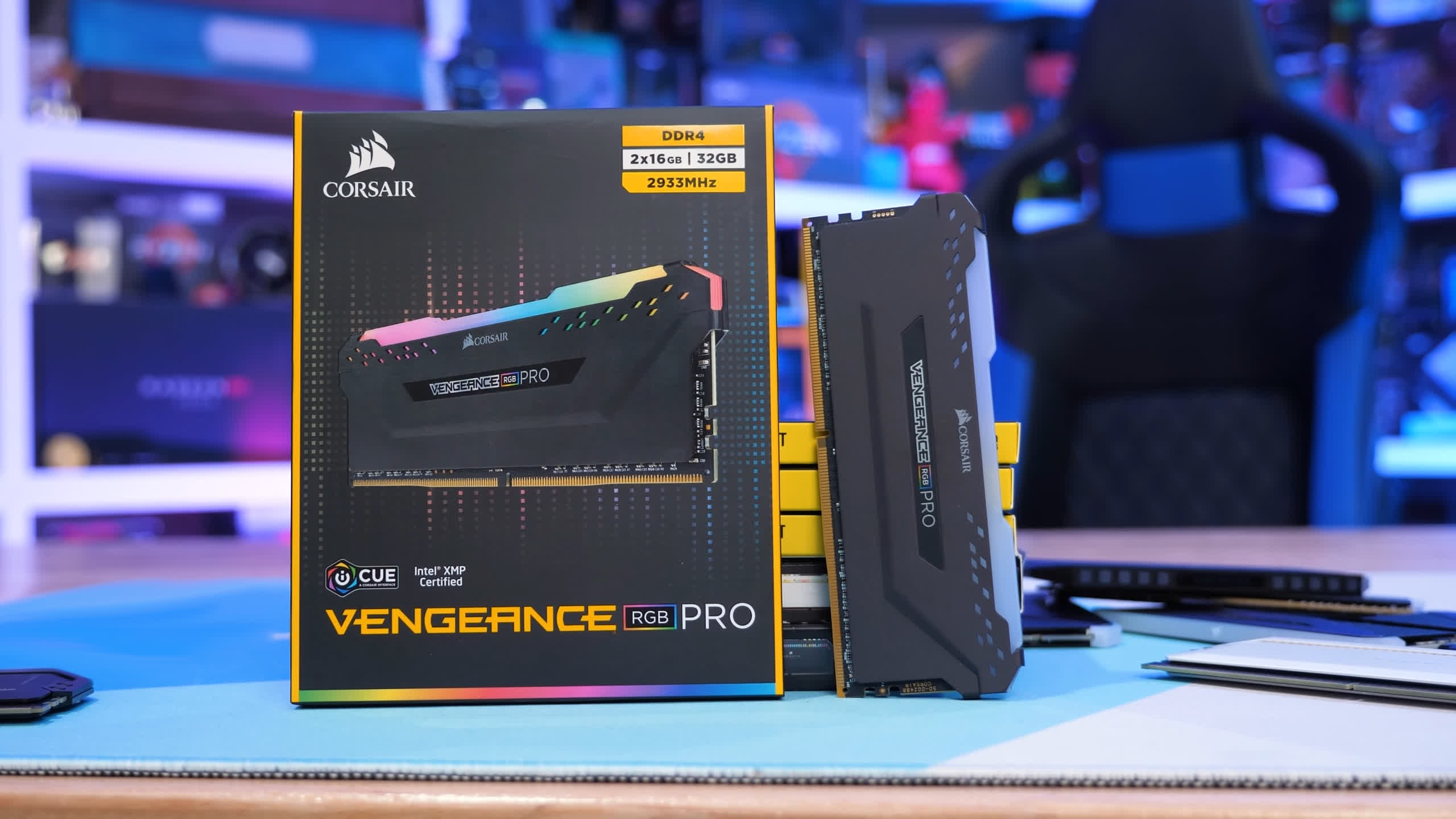
To complete our test bench we used a Radeon RX 6900 XT for all testing, and with that, let’s jump into the results…
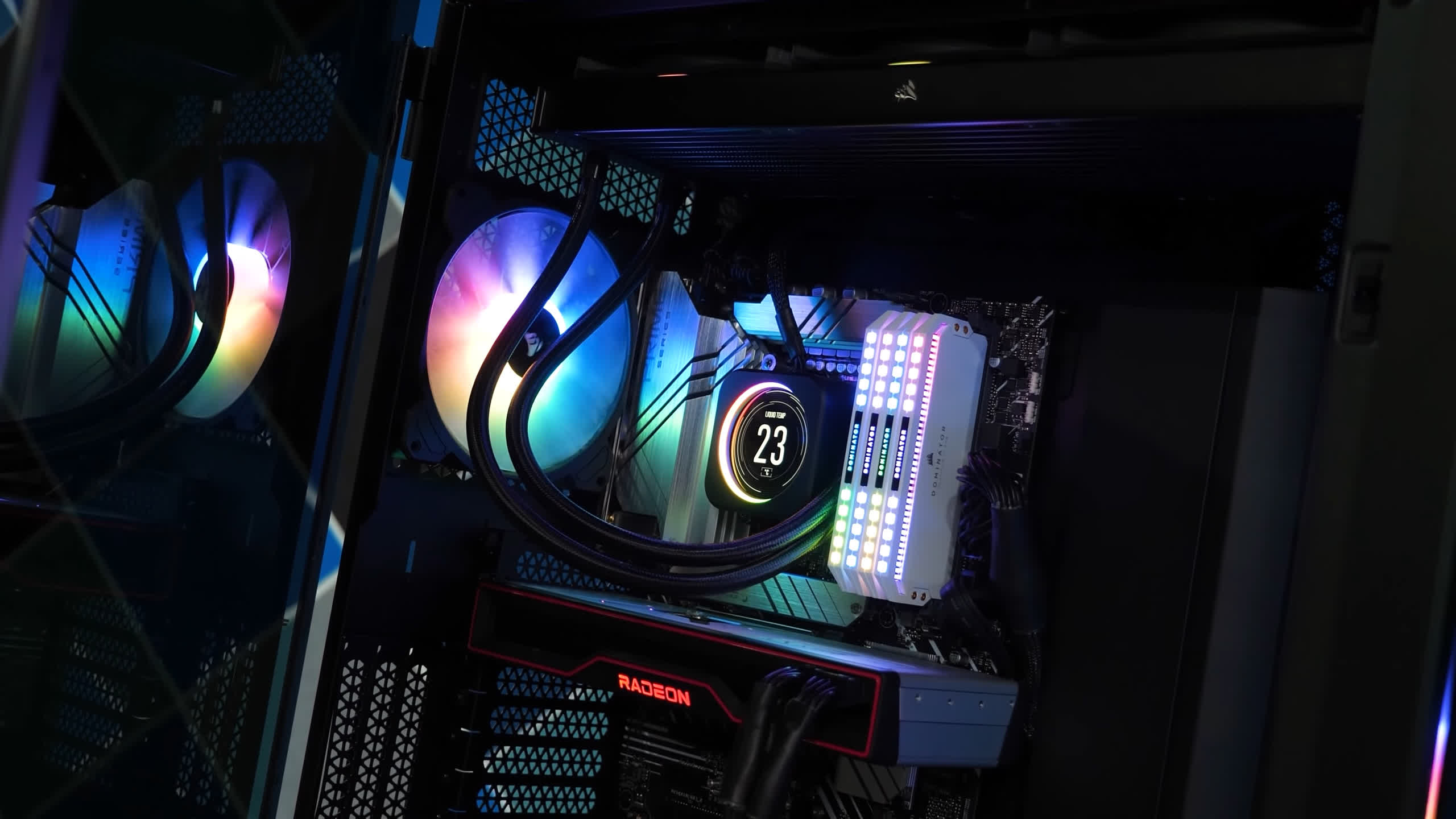
Memory Bandwidth and Latency
We’ll start with a look at memory bandwidth using the copy test from AIDA64. Using the DDR4-2400 kit in its stock configuration, which defaults to the gear 2 mode, we’re looking at a throughput of just 33.5 GB/s. Switching to gear 1 boosts that figure by 17%, but even then we’re still limited to just shy of 40 GB/s.
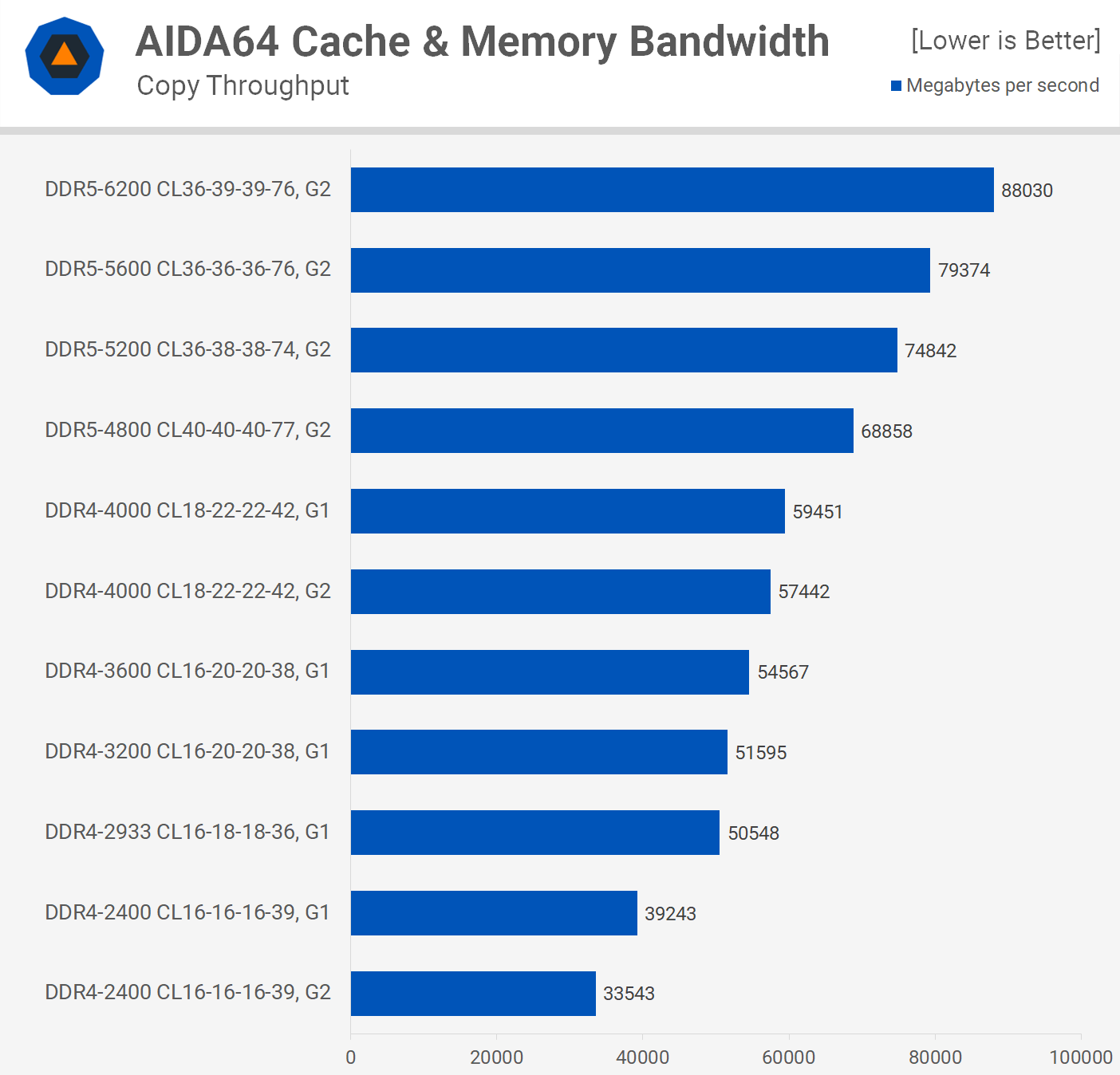
DDR4-2933 offers a bit performance boost as it increased bandwidth by almost 30%, while DDR4-3200 using slightly weaker timings only improves bandwidth by a further 2%. Beyond this point, the improvements for DDR4 are fairly minimal and going from 3200 to 4000 we’re looking at a 15% increase. That’s not nothing, but for a 25% increase in frequency, that’s not a big jump which is explained by increased timings.
Corsair did provide a faster DDR4 kit but it didn’t work on our Z690 board, so we maxed out at DDR4-4000 with just shy of 60 GB/s. This suggests that as usual, when factoring in prices CL16 DDR4-3600 to CL18 DDR4-3800 is going to make the most sense.
From DDR4-4000 to DDR5-4800 we see a 16% increase in throughput and now we’re almost at 70 GB/s. Then from 4800 to 5200 we’re looking at a 9% boost, 5200 to 5600 a 6% boost, and finally an 11% boost to 6200, reaching an impressive 88 GB/s transfer speed. But memory bandwidth isn’t everything and for a lot of workloads memory latency is more important, so let’s take a look at that.
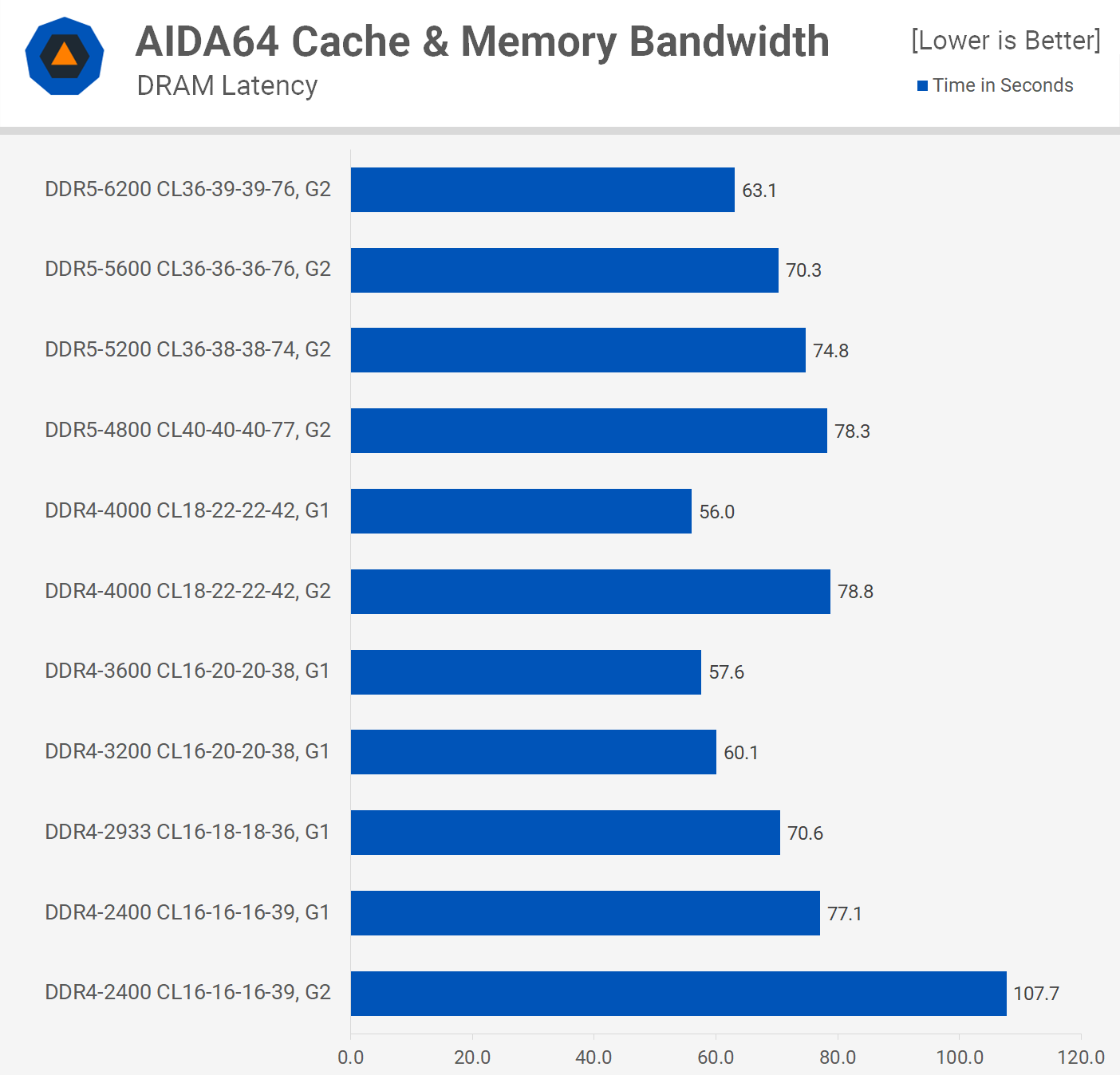
Here we have the AIDA64 DRAM latency data. DRAM latency refers to the time delay between when a command is entered and when the data is available. So the best way to gauge a memory module’s responsiveness is to measure latency in terms of nanoseconds.
Application Benchmarks
The CAS latency or CL timings are only part of the equation, so you can’t judge RAM’s performance based on the CL timings alone, which is why a lot of people have been confused by DDR5 and it’s seemingly high CL figures. Memory speed (frequency) and the CL timings (latency) play a critical role in system performance.
As it stands right now, DDR5 hasn’t achieved the frequencies or timings it needs to in order to beat most DDR4 modules in terms of latency, despite offering significantly more bandwidth.
There’s also the DRAM ratio to consider, which Intel now calls gear 1, 2 and 4. In gear 1 mode, the memory controller operates at the same frequency as the DRAM, while gear 2 sees the memory controller operate at half the memory speed and this greatly increases latency, but can allow you to run memory at higher frequencies for increased bandwidth.
With DDR4 memory you ideally want to use gear 1 as you’d need to run the memory up around DDR5 speeds to offset the increased latency. With DDR4-2400, we’re looking at a 40% increase in latency when switching from gear 1 to gear 2, and this is going to crippled performance in memory sensitive tasks, such as gaming.
When it comes to DDR4 memory, we see again that the sweet spot is around the 3600 mark, with DDR4-4000 barely reducing latency from what was seen with the CL16 3600 kit.
Then with DDR5 we see that despite the much higher operating frequency, latency doesn’t improve over what we see with DDR4 and this is because the Alder Lake memory controller can’t run at a 1:1 ratio with the DRAM, forcing us to use gear 2 mode for all DDR5 testing. Even at 6200, we’re still looking at a latency of 63ns, which is higher than even DDR4-3200 CL16 memory. So for now DDR5 will thrive in applications and games that require big memory bandwidth and aren’t as sensitive to latency.
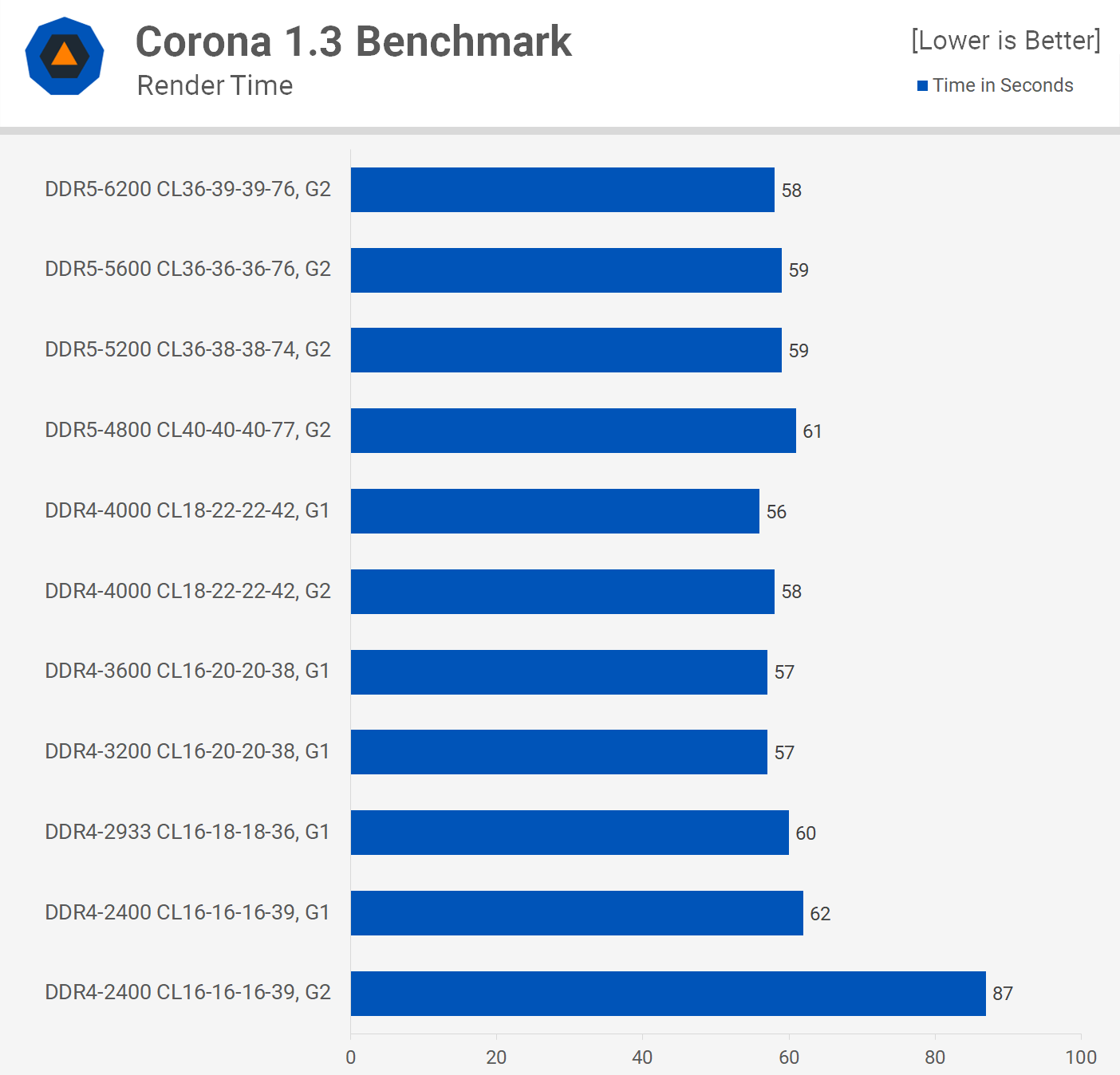
That said, a lot of applications are both memory latency and bandwidth sensitive such as Corona. So if you have weak memory bandwidth coupled with weak latency performance, performance overall is going to tank and we see that with the DDR4-2400 kit using the gear 2 mode, which was the default for this configuration.
However, with the rest of the memory kits offering either strong bandwidth performance or respectable latency, we’re looking at no more than an 11% difference between the fastest and slowest kits. DDR4-4000 CL18 using gear 1 did provide the best results, but DDR4-3200 and 3600 CL16 also beat out all DDR5 kits.

Interestingly, Adobe Photoshop is more sensitive to memory bandwidth and this benefits DDR5 memory as they produced the best results. That said, DDR4-3600 and 3200 CL16 were not a great deal slower than most of the DDR5 kits, but if you’re after maximum performance in this application, the faster the DDR5 memory the better.
Gaming Benchmarks
Time for some games and we’ll start with Rainbow Six Siege using the ultra quality preset at 1080p with the Radeon RX 6900 XT. Quite incredibly, the 12900K can drive over 500 fps using DDR4-2400 memory in the gear 2 mode and that means the best DDR4 results which was seen with DDR4-3200 memory, was just 9% faster when comparing the average frame rate, or 14% faster for the 1% lows.
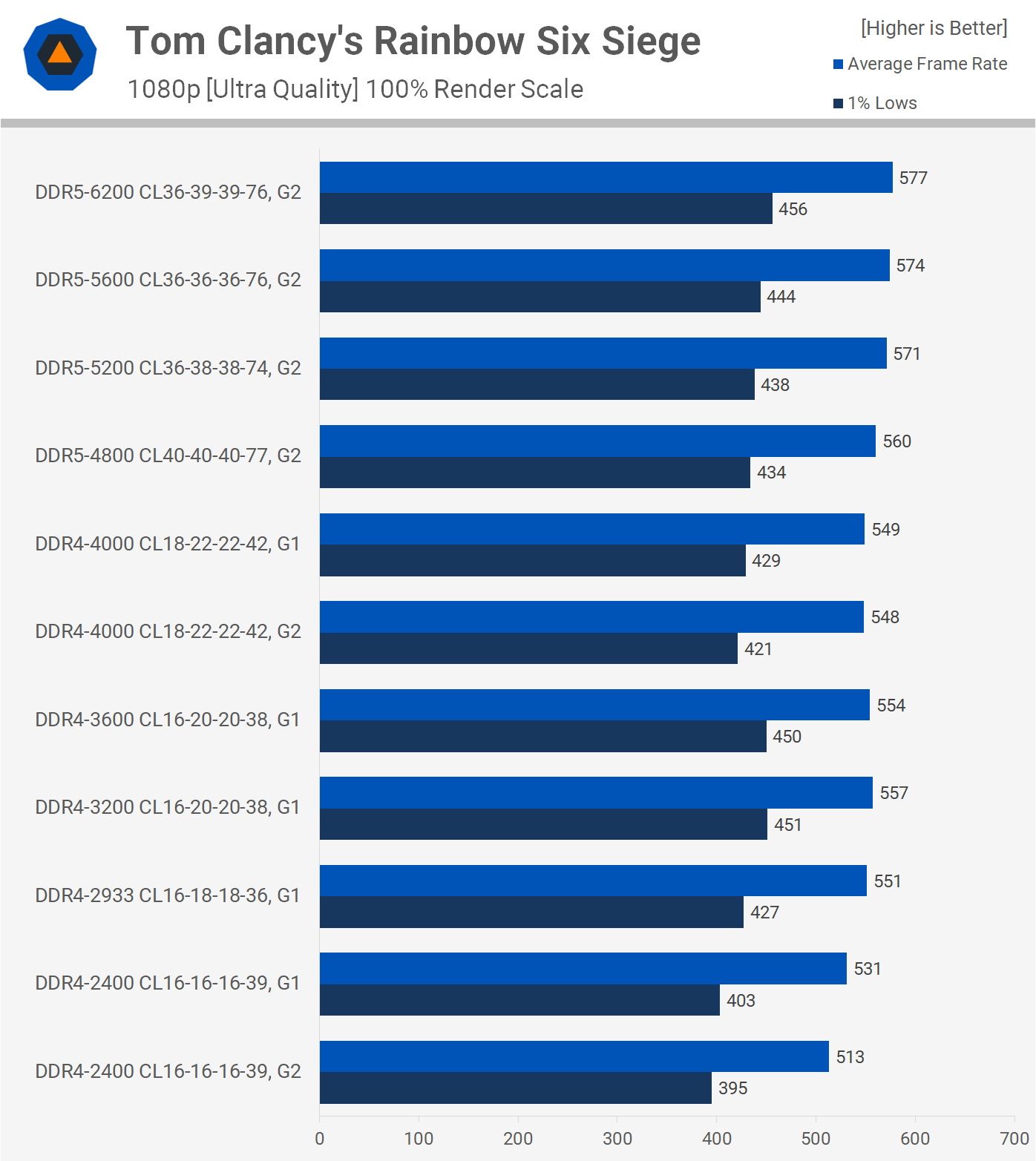

The DDR4-4000 memory allowed for a similar average frame rate, but the increased latency did reduce the 1% lows. DDR5, on the other hand, managed to push forward for the average frame rate, but needed to be running at 6200 speeds before it could exceed the 1% lows of the high quality DDR4 memory.
By increasing the resolution to 1440p things change around quite a bit, though the margins are now smaller as we become GPU limited. Still, DDR5-5200 and up now offers the best 1% low performance coupled with the highest average frame rates, even if DDR5-6200 is only 3% faster than DDR4-3200.
Horizon Zero Dawn has been tested using the slightly dialed down “Favor” quality preset and we’ll again start with the 1080p data. For the most part, we appear fairly GPU limited and that’s going to be the case for 12900K owners in the vast majority of games, even with an extreme GPU.
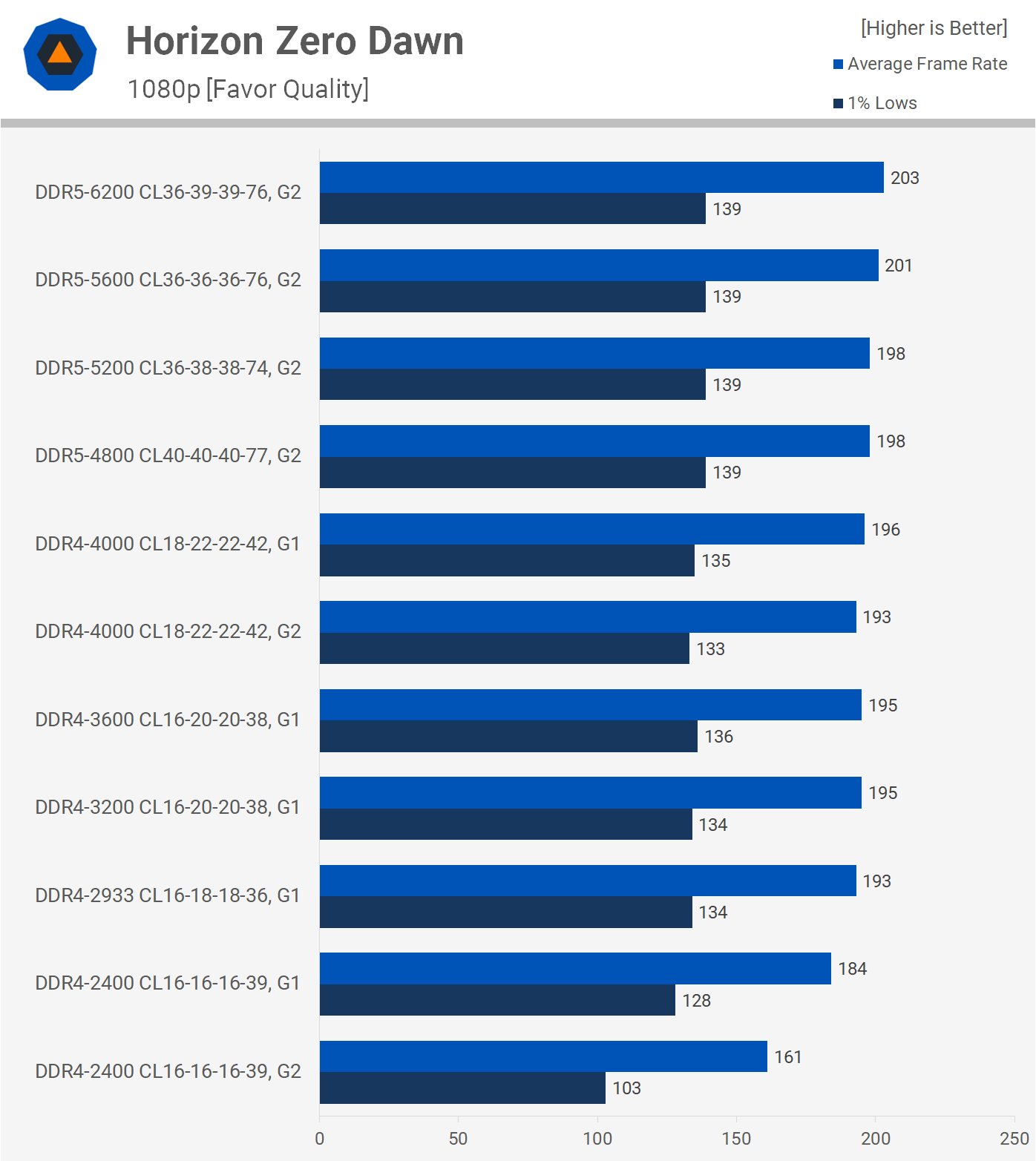
Once we hit DDR4-2933 CL16 we’re pretty close to maxing out what can be achieved here. The higher clocked DDR5 memory does offer a small performance improvement, but we’re talking about at most a 4% boost over DDR4-3600.
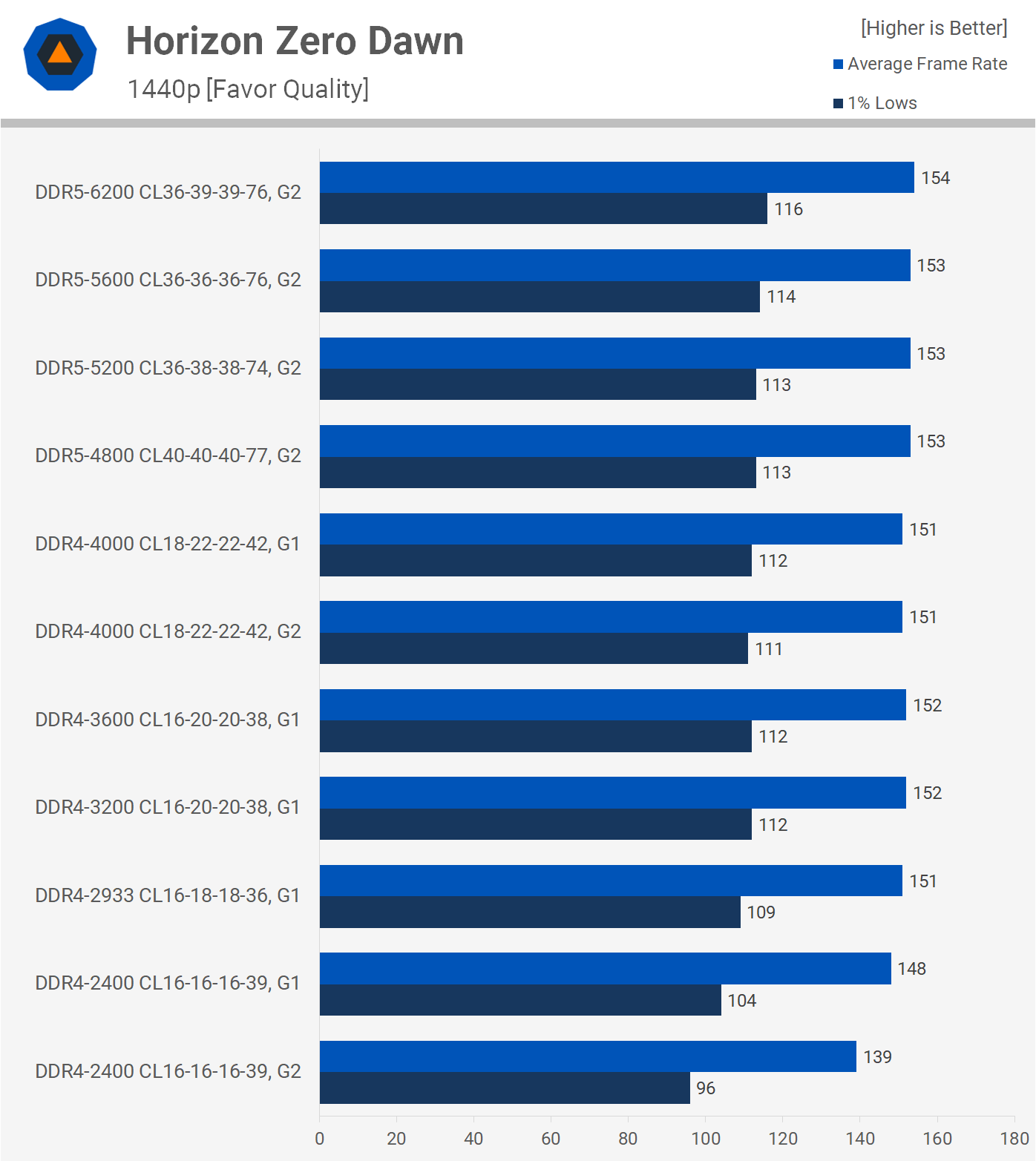
Moving to 1440p further reduces the already small margins and now anything above DDR4-3200 is basically providing the same level of performance.
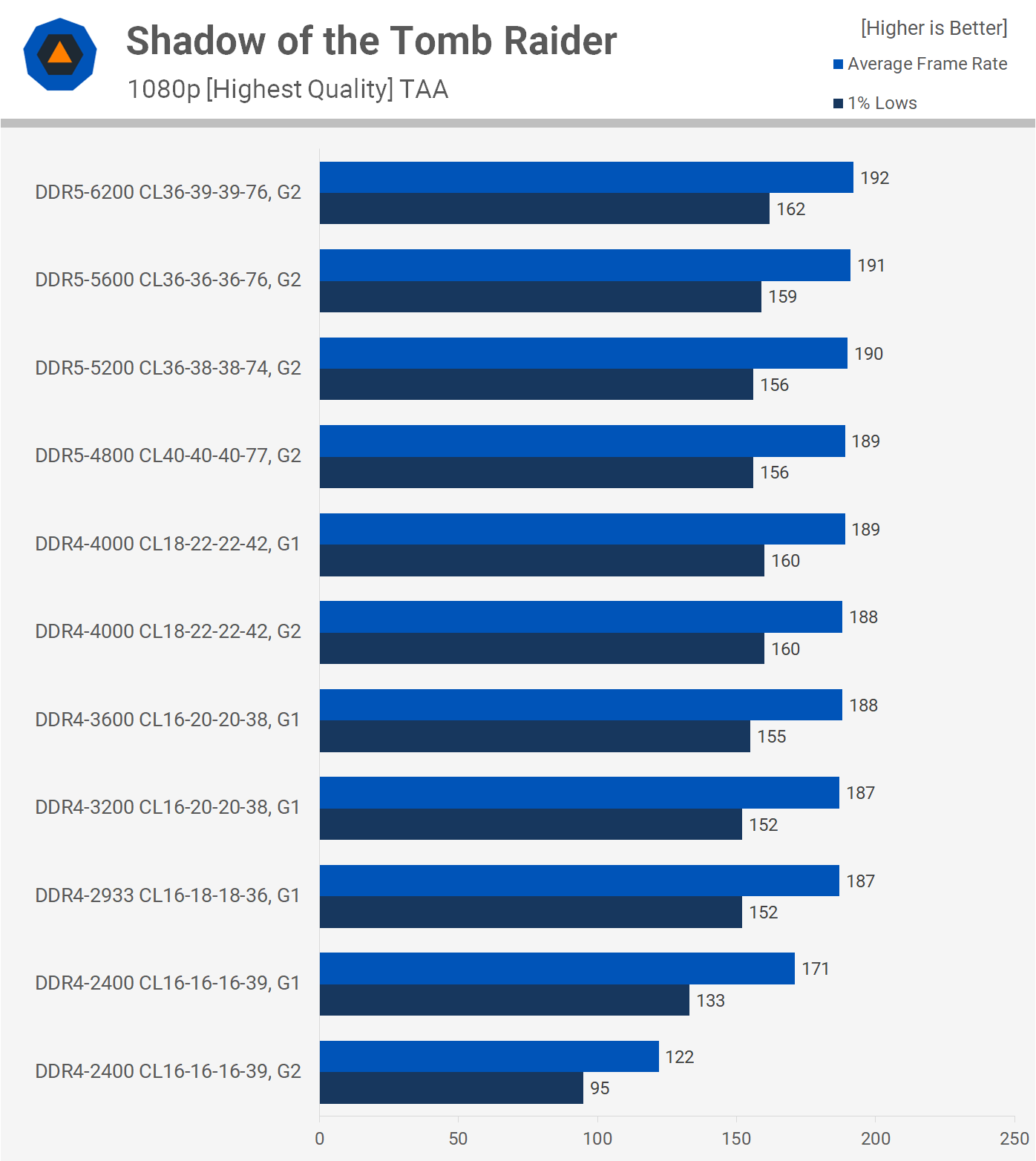
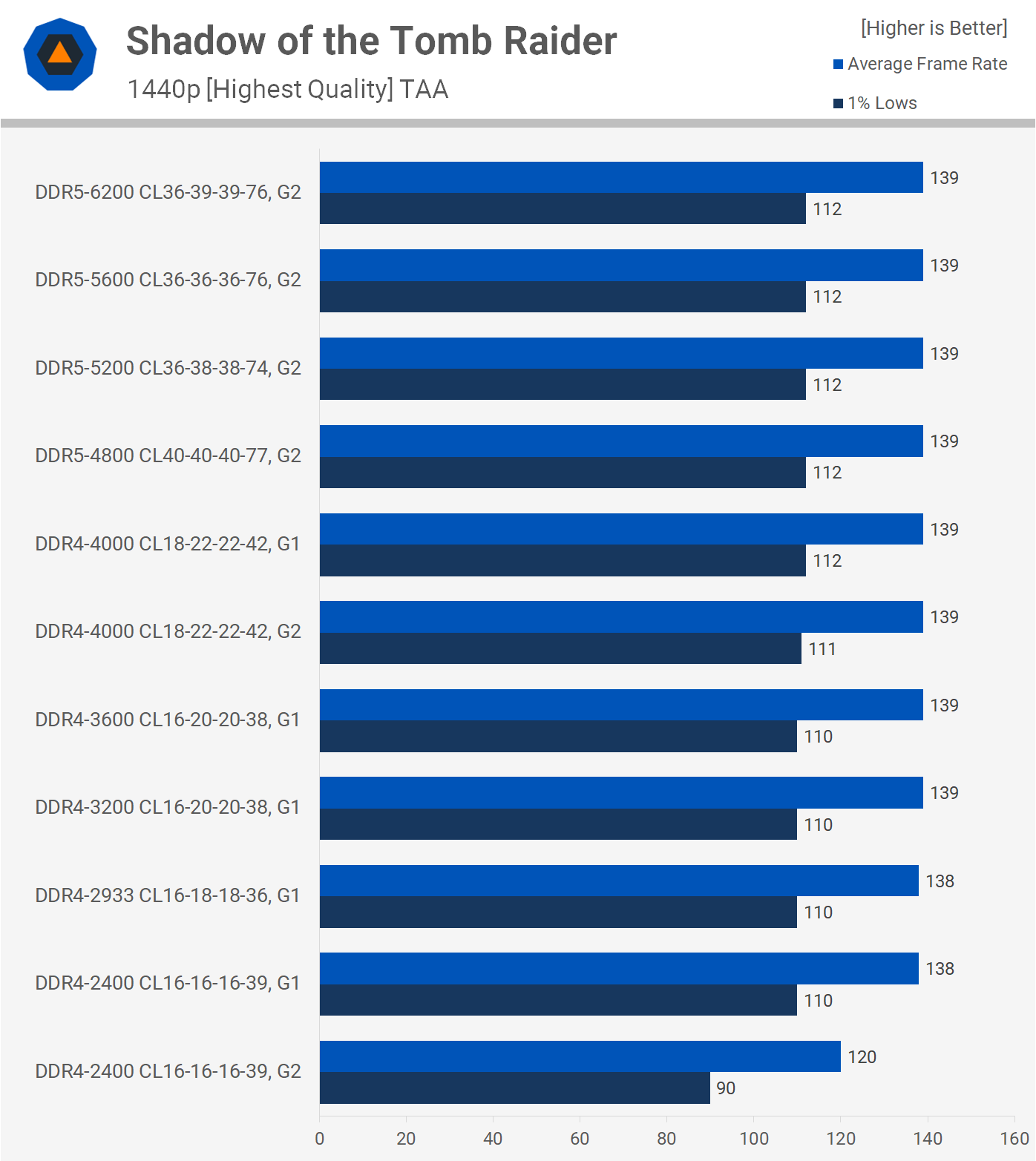
Shadow of the Tomb Raider is very CPU intensive but at 1080p with a 6900 XT we’re able to turn the game from CPU limited to GPU limited by the time DDR4-2933 CL16 is reached. We do see small improvements as memory performance is increased, but from 2933 to 6200 we’re looking at a 7% increase in 1% lows, that’s it.
Moving to 1440p neutralizes the test results with the exception of the gear 2 mode for the DDR4-2400 memory which dropped the average frame rate by 13%.

Cyberpunk 2077 was tested using the medium quality preset and at 1080p we see a reasonably large performance difference between the various memory configurations. The DDR4-2400 gear two configuration completely brakes performance as simply switching to gear 1 boosted the average frame rate by 41%.
Then from 2400 to 2933 we see a further 12% increase and at that point DDR4 is maxed out with 3200, 3600, and even 4000 only offering a few extra frames.
DDR5 does move performance along a little bit, DDR5-4800 was 4% faster than DDR4-4000 and 3600 and we continued to see around a 3-4% gain with each step up to DDR5-6200, hitting 178 fps on average. In the end, that meant DDR5-6200 was 13% faster than DDR4-4000.
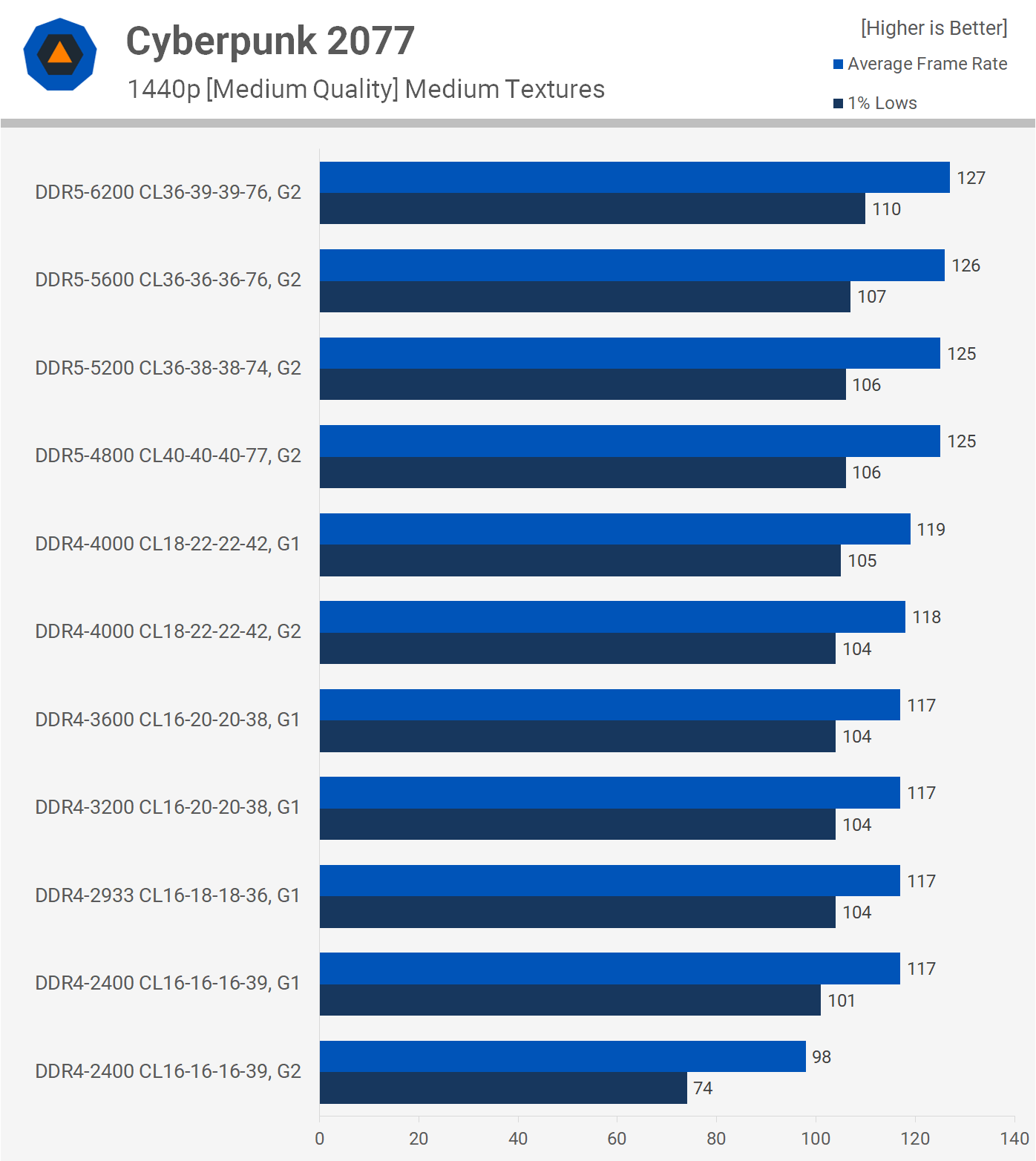
Jumping to 1440p starts to introduce a GPU bottleneck but interestingly the increased bandwidth of DDR5 does help to boost performance, and going from DDR4-4000 to DDR5-4800 increased the average frame rate by 5% while having next to no impact on 1% lows.
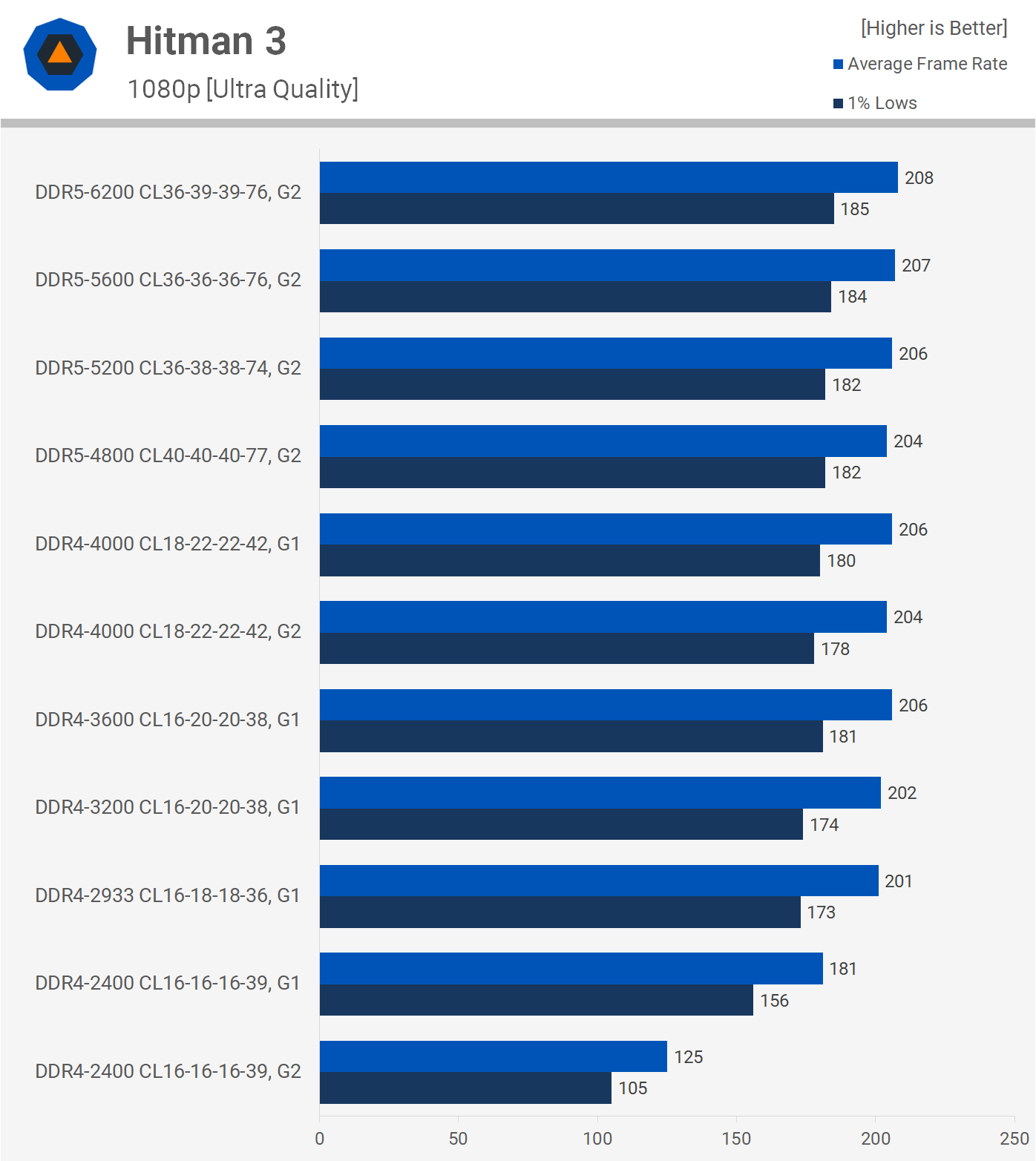
Finally, we have Hitman 3, and at 1080p it’s only the DDR4-2400 gear 2 configuration that noticeably drops off the pace again. Switching to gear 1 increased frame rates by 16% and from there DDR4 peaked with the 3600 kit which was a mere 5% faster than 2400 using gear 1.
DDR5 again didn’t do much to improve 1% lows but the average frame rate was increased 5%, even with the 4800 spec kit.
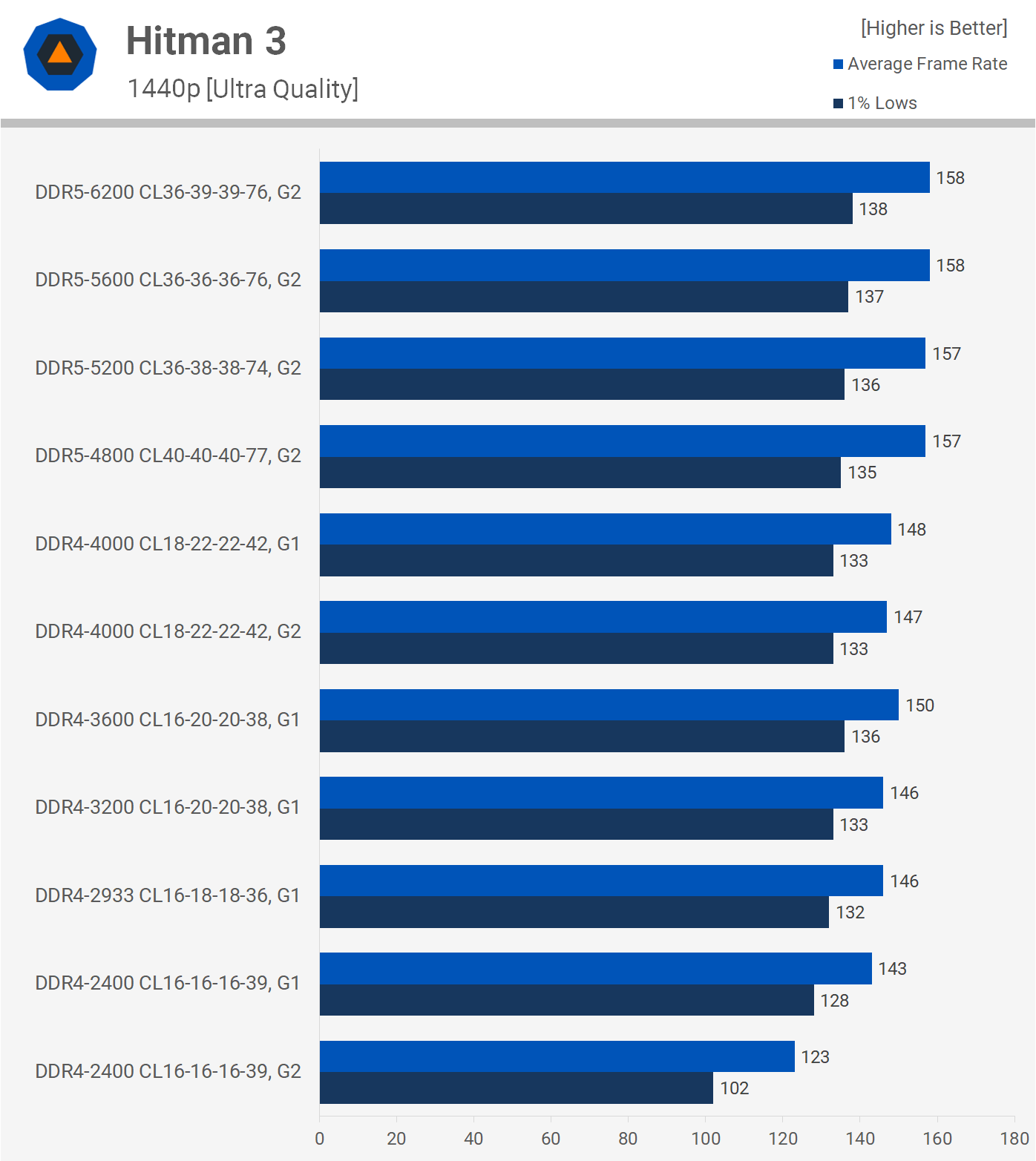
Increasing the resolution to 1440p, where we’re still pushing over 200 fps for the most part, the Core i9-12900K was pretty well maxed out using DDR4-2933. Of course, we do see a 7% increase in 1% lows from DDR4-2933 to DDR5-6200, but that’s a negligible difference given the massive increase in bandwidth DDR5 offers.
Which DDR4/DDR5 Memory Kit for Alder Lake?
That’s a complete look at Alder Lake performance using a wide range of DDR4 and DDR5 memory kits with the Core i9-12900K. Now the question is, what should you buy? The best way to answer that question is to look at pricing first…
Although we tested DDR4-2400 and 2933 memory, we might as well ignore those kits considering they usually cost more than DDR4-3200, and even 3600 in some instances. Pricing really starts at ~$100 for a 32GB DDR4-3200 CL16 kit, and the Corsair Vengeance LPX memory we used costs $115.
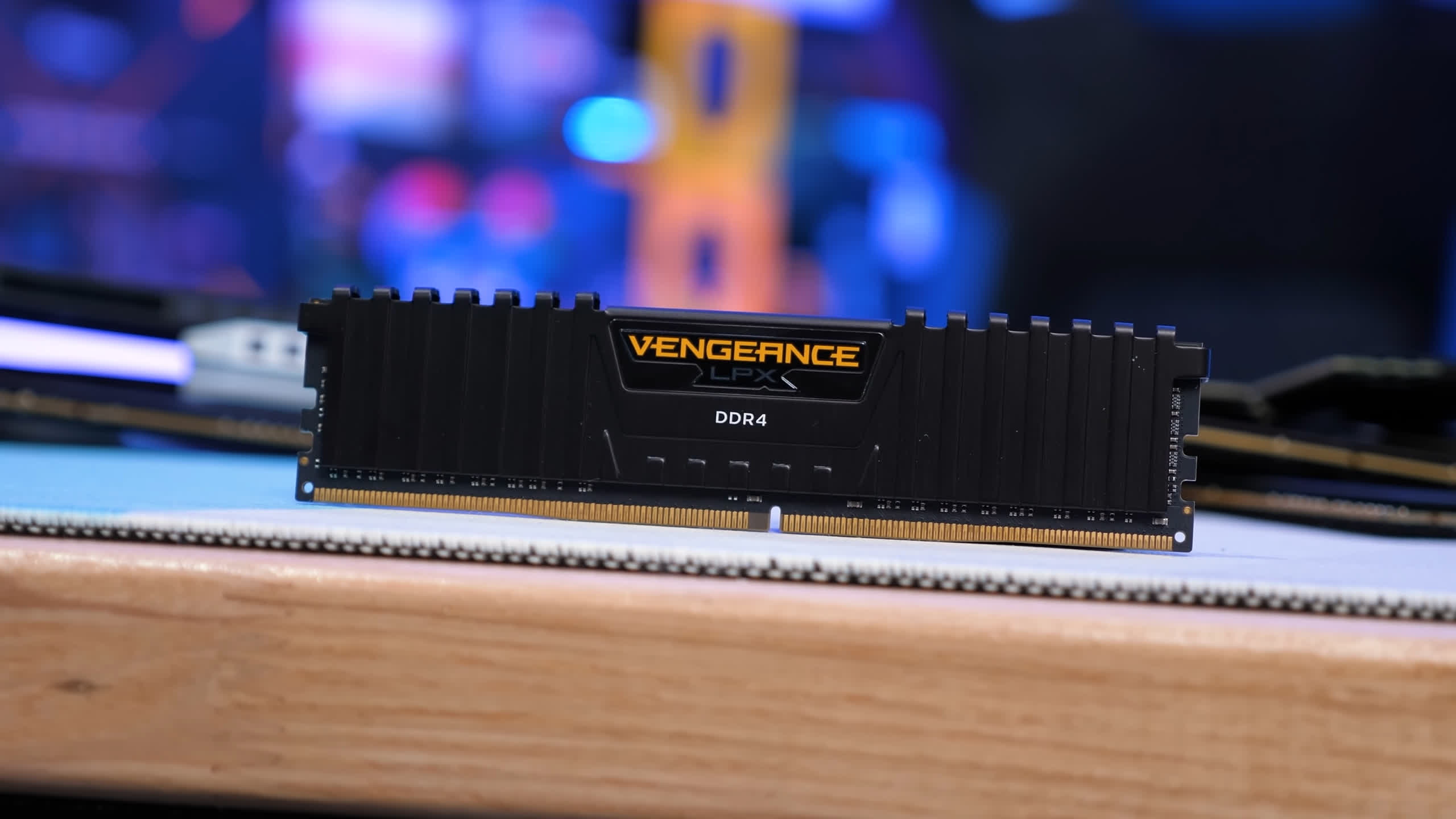
Then for DDR4-3600, the LPX kit comes in at $140 with the Vengeance RGB RT that we used priced at $150, though similar spec memory pricing start at around $120. Then we have DDR4-4000, which for the most part wasn’t any faster than the 3600 kit, but from Corsair you’re looking at a starting price of $200. To be noted, you can find similar spec kits such as the G.Skill Ripjaws V Series for just $135, and frankly that memory is extremely difficult to beat at that price.
The sweet spot for DDR4 memory is around the 3600 to 4000 range…
The sweet spot for DDR4 memory is around the 3600 to 4000 range, depending on pricing in your region. For gamers, DDR4-3200 CL16 and up will do pretty well and get the most out of the Core i9-12900K when CPU limited, so make your purchase with that information in mind.
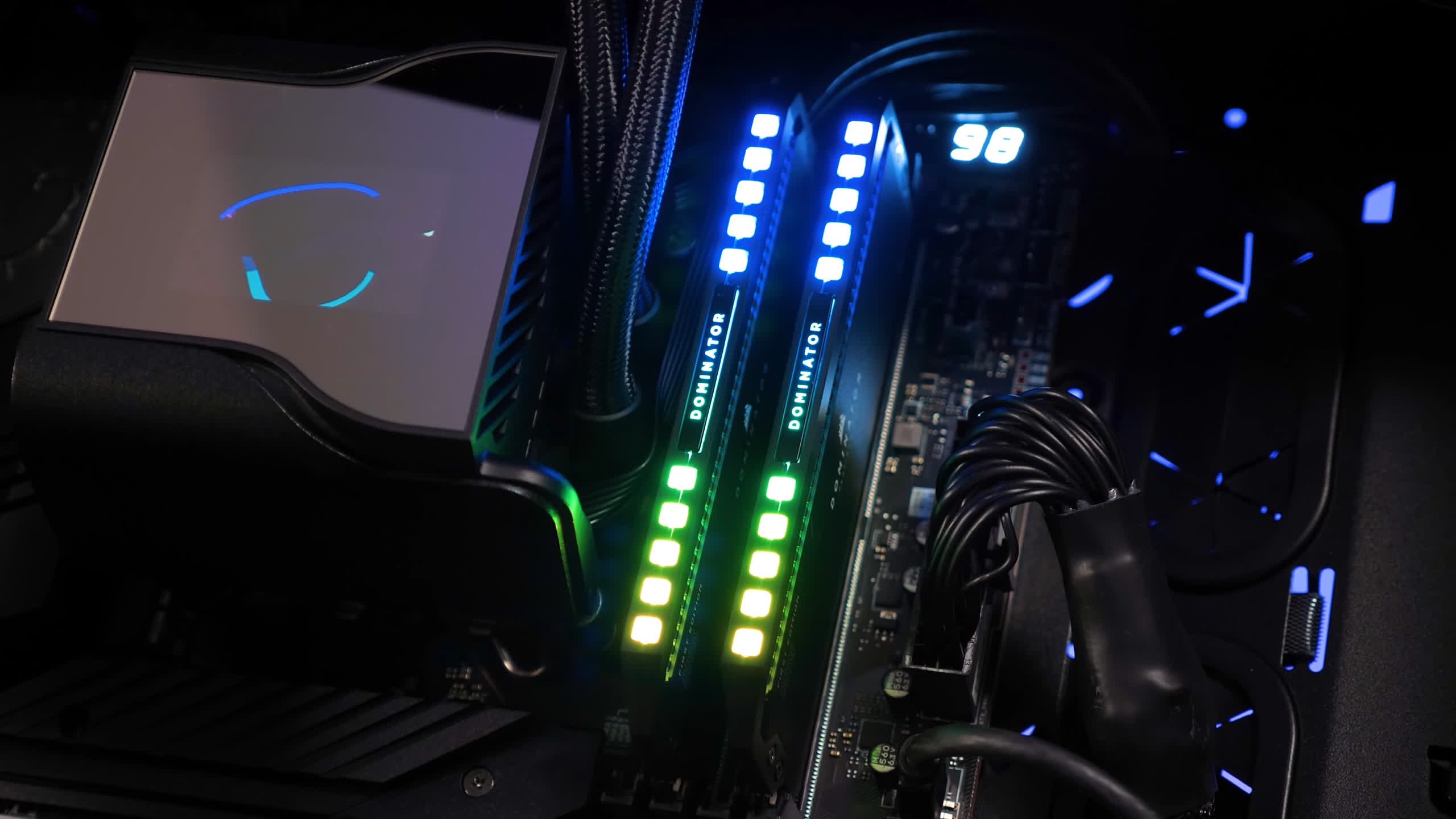
For anyone looking to maximize the value of an Alder Lake processor, DDR4 memory is what you’ll be after, and there isn’t any point as far as we can tell going beyond DDR4-4000. So if DDR4-3200 CL16 and DDR4-4000 CL18 are priced fairly similarly in your region, you might as well go with 4000.

As for DDR5, there’s little point investing in it right now unless you simply want the best of the best, at which point you’re going for 6000+ spec memory which costs roughly the same amount as the 12900K processor. We see little reason to go with the more affordable 4800 to 5600 memory if you’re gaming, especially given you’re probably going to be GPU limited more often than not.
For productivity workloads, where time is money, you might be able to justify the cost of high-end DDR5, but you’ll also want to make sure the 12900K is the fastest processor for that workload, otherwise the Ryzen 9 5950X or a Threadripper CPU might be a better investment.
Shopping Shortcuts:
- Corsair Vengeance LPX DDR4 3200 C16 on Amazon
- Corsair Vengeance RGB DDR4 3600 C18 RT on Amazon
- Corsair Vengeance RGB Pro DDR4 3200 C16 on Amazon
- Corsair Dominator Platinum RGB DDR4 3600 C18 on Amazon
- Corsair Dominator Platinum RGB DDR5 5200 C40 on Amazon
- G.Skill Ripjaws V DDR4 3600 CL16 on Amazon
- Intel Core i9-12900K on Amazon
- AMD Ryzen 9 5950X on Amazon
- AMD Radeon RX 6900 XT on Amazon

